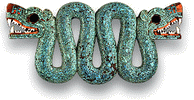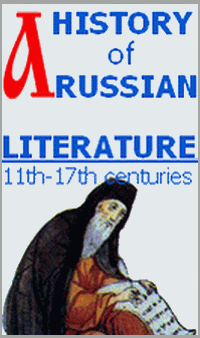New exhibition in London challenges view of Aztec emperor Moctezuma as traitor
Category: News reportsBritish Museum, London, April 07, 2009. British Museum claims leader of lost civilisation died at hands of Spanish explorers, not his own followers. Contrary to popular belief, the Aztec emperor Moctezuma was murdered by his Spanish captors and not by his own people, the British Museum will argue in a new exhibition that will try to rehabilitate the emperor’s image as a traitor. The exhibition will bring together spectacular loans from Europe, where the Spanish conquistadors brought many of the Aztecs’ greatest treasures, and from Mexico, where recently excavated relics from the lost civilisation continue to be found under its modern capital, Mexico City. Scientific tests on objects including a spectacular turquoise mask, from the British Museum’s own collection, show that in a single piece, the gold, precious stone and feather decorations were drawn from many different places.
“What we are trying to do is look at an absolutely key moment in the history of the world through the filter of one man,” museum director Neil MacGregor said. “There has never been an exhibition on this man, a great emperor of an extremely sophisticated empire in ways which seemed very strange to European eyes.”
The traditional account of the death of Moctezuma – the museum has adopted the spelling as closer to his name in his own Nahuatl language than the more common Montezuma – is that having been taken a willing hostage by Hernán Cortés and the conquistadors, he was killed by his own outraged people. According to several versions of the story, in 1520, the Spanish brought him out onto a balcony of his own palace to try and calm the riotous mob, but he was pelted with stones and killed. One Spanish account, written years later, even insists that he refused medical help and food from his Spanish captors, who “spoke very kindly to him”, before suddenly dying.
However, the exhibition will include two small images from later manuscripts, one now in Glasgow, one in Mexico, both probably made by Aztecs working for Spanish patrons, which show the leader distinctly less kindly treated, brought out with a rope around his neck, or shackled. Once the Aztecs began to revolt against the presence of the Spanish in their capital city, Tenochtitlan, this version suggests, Moctezuma was useless to them, so they killed him before just managing to escape with their lives.
Colin McEwan, curator at the British Museum, said it was likely that the conventional picture of Moctezuma as a willing agent of colonial rule had been painted by the Spanish victors. He thought the version of events indicated by the 1560s manuscripts – which were produced by indigenous scribes under Spanish patronage – was “probably closer to what actually happened”. He argued: “Is it likely that a feared military ruler just completely changes his complexion and weakly and willingly subjects himself to ceding his empire to the Spanish? Is that plausible?”
Moctezuma came to power in 1502, ruling over one of the day’s largest and most advanced civilisations, which straddled much of Central America from the Caribbean to the Pacific. While the Aztec empire was at its zenith, its politics were fragile. Moctezuma consolidated power by heavily taxing his subjects, in the form of raw materials or precious art works. One such object is thought to be the turquoise, gold foil and mother of pearl mask that will go on display in the exhibition. Consequently the Spanish found it easy to find high-powered enemies of the emperor among his ranks, said Neil MacGregor, director of the British Museum. He said: “What is so interesting is that this is an empire that is at the top of its form when it falls. The way it was constructed made it vulnerable because it made it easy for the Spanish to recruit disaffected allies.” Ironically, the lasting picture of Moctezuma as a turncoat meant he has become more celebrated more in Europe than in Mexico, noted Mr McEwan.
“Moctezuma is the last in our series on great rulers and their legacies and presents perhaps one of the most fascinating examples of implosion of power and the clash of civilisations,” MacGregor said. The series included China’s first emperor, Qin, the Roman emperor Hadrian, the wall builder, and the 16th-century Iranian ruler Shah Abbas. While there were writings by, and many contemporary accounts of, the characters, curator Colin McEwan admitted that authentic personal details about Moctezuma are so scarce that one academic he consulted said he thought the exhibition would be impossible. “We will raise many questions but we may not succeed in answering them all,” Mc¬Ewan said.
The exhibition, with a related show of 20th-century revolutionary posters and images opening in October, with both running into next year, will mark both the bicentenary of Mexico’s declaration of independence from Spain in 1810, and of the Mexican Revolution 100 years later.
Sources:
Guardian.co.uk;
Telegraph.co.uk.


